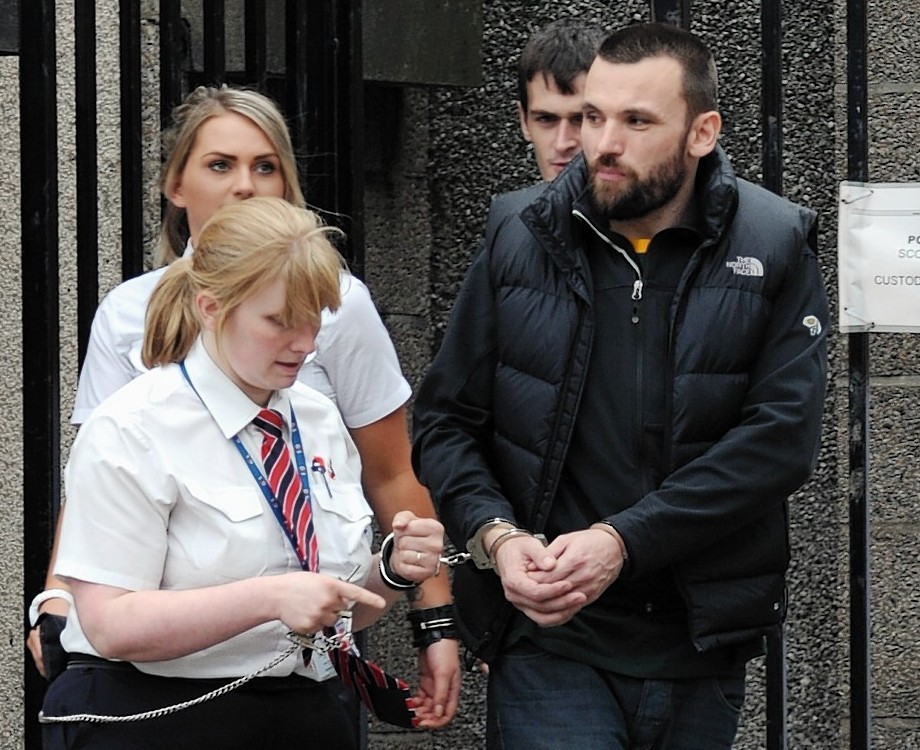A north-east armed robber who insists he was wrongly convicted has lost his bid to clear his name.
Former Gordonstoun pupil, Paul Macklin, was originally jailed for 15 years in 2003 for threatening two police officers with a handgun during a heist in Aberdeen.
But the 42-year-old has always maintained his innocence and denied being the person responsible for brandishing the firearm.
Following the jury’s guilty verdict after trial Macklin appealed his sentence and his jail term was eventually cut to 12 years.
And after Macklin was released in 2013 he launched an appeal with the highest court in the land to try to clear his name.
Lawyers acting on behalf of the repeat offender, who is currently back behind bars, tried to argue that crucial Crown evidence was missing from his trial.
It emerged that statements querying the identity of the gunman had been given to the police but had never been lodged with the court.
It was also claimed that in order to convict Macklin the Crown relied on witnesses having to identify him in court when he was sitting in the dock.
Macklin’s lawyers also alleged that witnesses were not required to attend an identity parade and it was claimed the High Court judge failed to instruct the jury properly about the dangers of “dock identification evidence”.
Lord Reed, who gave one of the leading judgements yesterday, said that Macklin had been given leave to appeal to the Supreme Court on three grounds challenging the conduct of his trial.
He said: “The first ground was based on the Crown’s failure to disclose material evidence to the defence.
“The second ground was based on the Crown’s leading and relying on the evidence of dock identifications by the police officers, without the other material evidence having been disclosed, and without the officers having previously participated in an identification parade.
“The third ground was based on a contention that the judge had misdirected the jury in relation to the identification evidence, in that he had failed to warn the jury in relation to the dangers of dock identification evidence, particularly where no identification parade had been held.”
But yesterday the law lords at the Supreme Court in London, headed by Lord Neuberger, unanimously dismissed his challenge.
They ruled that even if these three points had been rectified during the trial there was no “real possibility” that the jury would have arrived at a different verdict.
